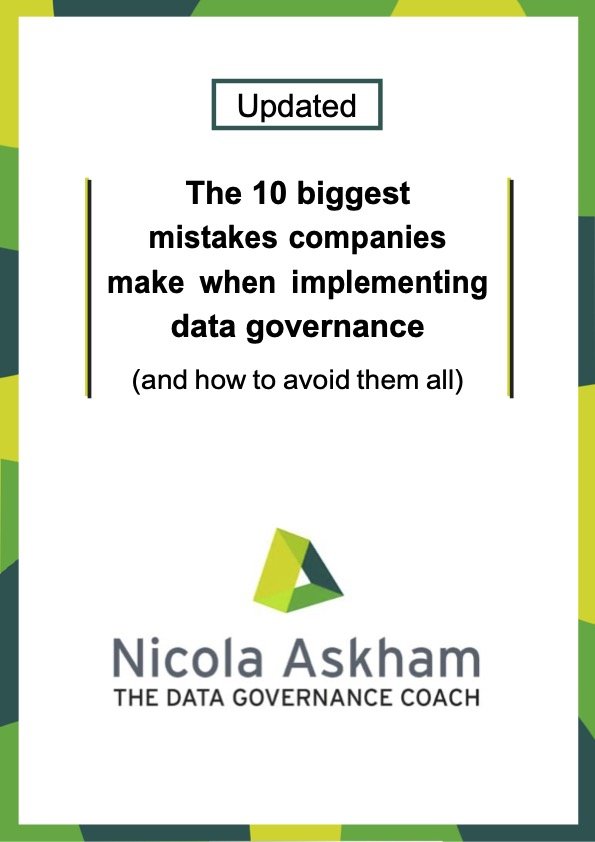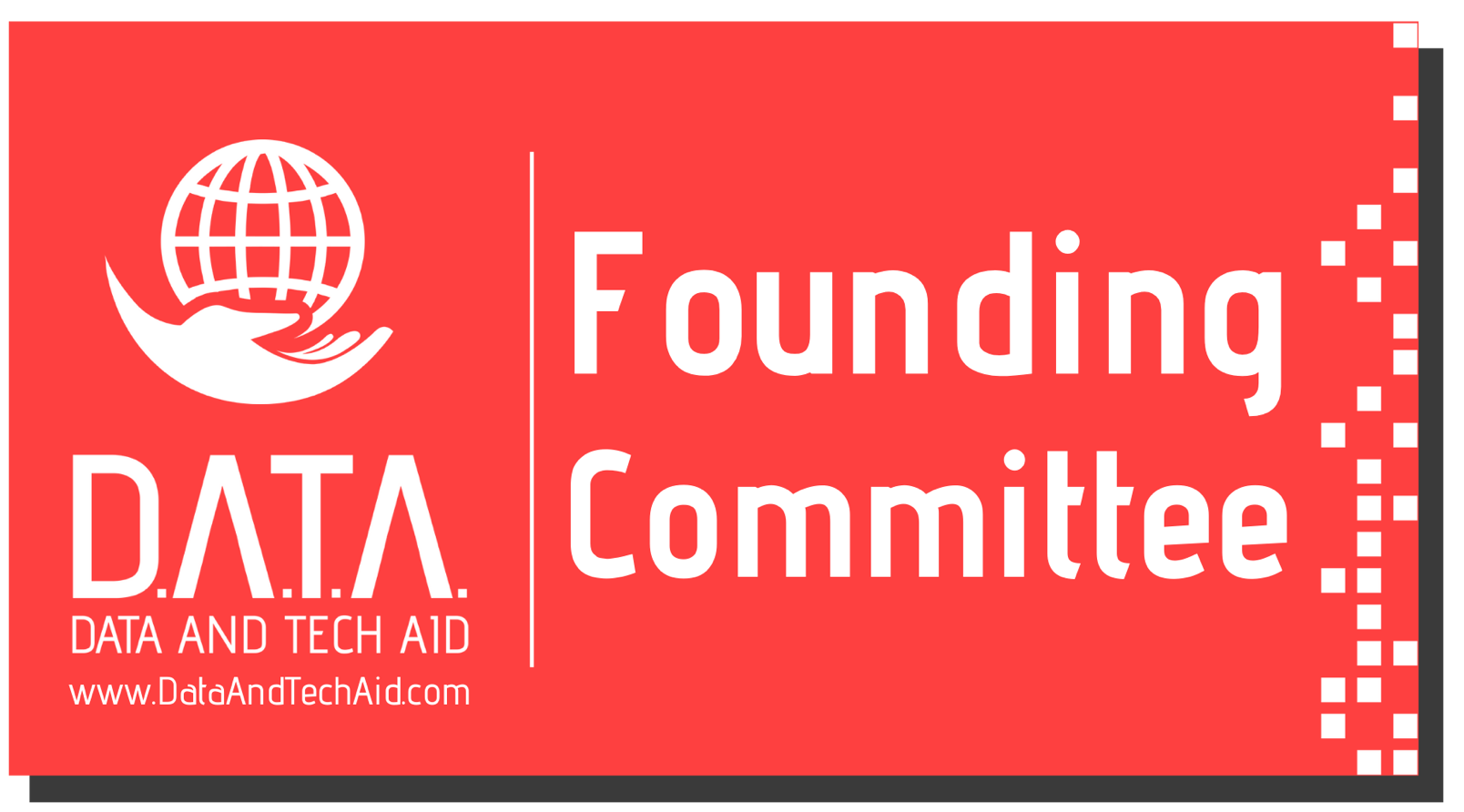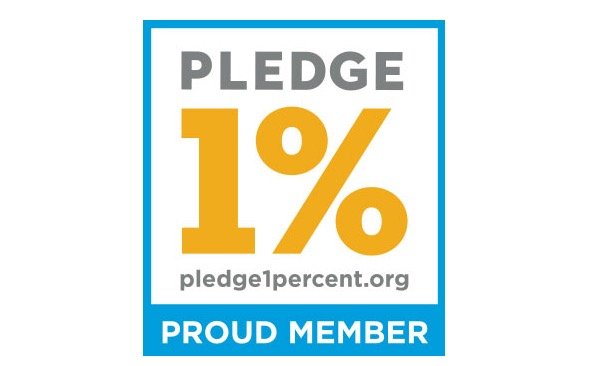Data Governance Should Be Like The Subway Map - Clear And Simple
/I am really pleased that Gary Alleman has kindly agreed to post a guest blog on my site this week. I enjoy reading Gary's blogs and I'm sure you will too.
Harry Beck invented the modern Tube map to provide simple, clear directions for railway commuters.
Similarly, data governance should provide simple, clear directions for the use of your organisation's data.
Harry Beck's maps removed many of the technical complexities embedded in earlier maps.
His revelation? Accurate positioning of lines and stations is not necessary for passengers traveling underground. This understanding lead to a simplified design showing just stations and lines that has been adopted around the world.
Harry's subway maps are strikingly similar to well constructed data governance assets.
Like the Tube map, a data governance centre must present assets in a clear, non technical fashion.
Data governance assets (such as data usage Policies, the Business Semantics Glossary, and data quality rules) are historically not documented, or are hidden in technical platforms. The lack of visibility means that they add no real value, as they are routinely ignored.
To add real value, data governance has to become a business as usual function.
Business users do not need to understand all the technical details related to the data in their care. They understand how this data serves their business purpose
Business data stewards should define and approve the data policies that impact their colleagues. Data governance assets, such as the business glossary should be visible to all users of data to ensure clarity of purpose. Collaboration is critical to ensure that shared data are fit for purpose for each use.
The data governance initiative should link business KPI's to their compliance to shared data usage policies, standards and levels of data quality.
The Tube map was designed and maintained by a single individual.
In most organisations, data governance teams are small, or comprised of part time staff.
The effort required to ensure agreement on the use of data, and to document and share this agreement, is significant.
Without a collaboration tool, data stewards spend hours in unproductive meetings trying to reach agreement on policies and terms. Stewards may become embroiled in debates that do not affect them, or may lose interest and cease engagement.
Automation, in the form of a business friendly data governance centre, can be the difference between the success and failure of your data governance initiative.
The Data Governance Centre allows stewards to document what is important to them without getting tied up in irrelevant debates. Stewards can document their feedback, or provide their approval, on changes that affect them. Between them, they create a living document governing the effective use of data across the enterprise.
Finally, the data governance centre must support the identification and resolution of data issues. Stewards must measure the compliance of data to agreed standards and be able to take action to resolve anomalies.
The final result is effective data governance.
Gary Allemann is the MD of Master Data Management CC, South African data quality and data governance experts. For more than ten years, MDM has assisted corporate and government clients to maximise the value of their information assets.
His blog, DataQualityMatters, provides commentary on data management best practise and trends based on his experiences.
My free report reveals why companies struggle to successfully implement data governance. Discover how to quickly get you data governance initiative on track by downloading this free report









